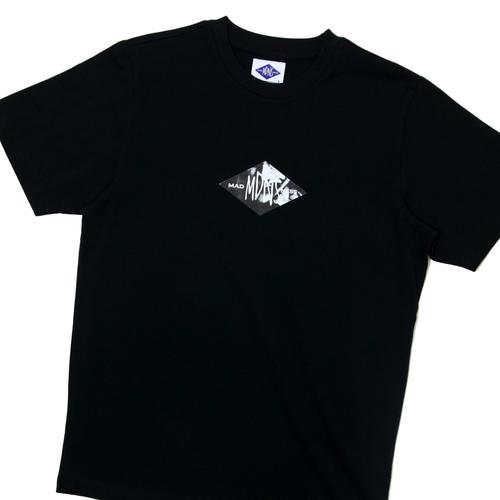Traditional clothing carries rich cultural connotations and represents the unique traditions and values of different regions and ethnic groups. The following are some aspects of exploring the cultural connotation of traditional clothing:
1. Regional characteristics: Traditional clothing often reflects the geographical environment, climate conditions and lifestyles of different regions. . For example, China’s Han clothing, Tibetan clothing, Miao clothing, etc. all have unique regional characteristics and reflect rich national culture and local customs.
2. Social status and status symbol: Traditional clothing often reflects the social status and identity of the wearer. In ancient society, there was a strict hierarchy in feudal etiquette, and there were obvious differences in the clothing worn by people of different classes. Traditional clothing can display a person’s identity and status through color, style, embroidery and other elements.
3. Color and symbolic meaning: The colors of traditional clothing often have symbolic meaning. For example, Chinese wedding dresses often use red, which represents jubilation and happiness; while Western wedding dresses are mostly white, symbolizing purity and solemnity. Color can convey cultural and emotional information and reflect the values and aesthetics of different social groups.
4. The meaning of ornamentation and pattern: Traditional clothing often uses ornamentation and pattern to display unique cultural significance. These ornaments and patterns usually contain national myths and legends, religious beliefs, historical stories and other elements, and carry social values and aesthetic concepts. For example, the embroidery patterns on the Sikh turbans in India imply respect for religion and beliefs.
5. Craftsmanship and skill inheritance: Traditional clothing also contains the wisdom and skill inheritance of generations of craftsmen. Making traditional clothing often requires unique weaving, dyeing, embroidery and other technical skills. These skills are passed down from generation to generation and carry rich historical context and cultural memory.
In short, traditional clothing, as a cultural symbol, conveys rich cultural connotations through elements such as form, color, and decoration. It represents a regional characteristic, identity symbol, symbolic meaning and craft inheritance, and reflects the values, aesthetic concepts and lifestyles of different social groups. By studying the cultural connotations of traditional clothing, we can better understand and respect the diversity of different ethnic groups and cultures.





